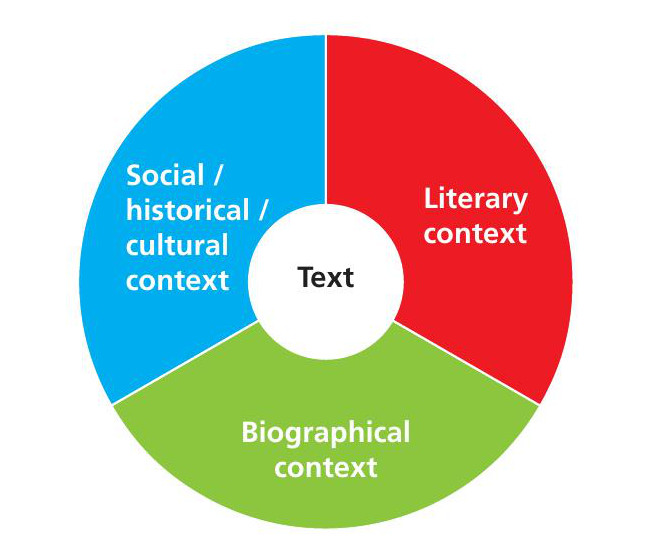
When English literature was established as an academic discipline in the late nineteenth and early twentieth centuries, the emphasis was on close analysis of individual texts — those novels, plays and poems that were identified as important literary works.
During this period, the word ‘background’ was used to refer to relevant and interesting historical material — as was still the case in the 1950s, when the Pelican Guide to English Literature was published, with opening sections in each volume on ‘The Background to English Literature’ or ‘The Social and Intellectual Background’. This was then followed in each guide by discussion of the work of individual authors. If the word ‘context’ was used at this time, it was generally in a strictly literary sense, referring to the relationship between a specific extract and the text that preceded and followed it.
Your organisation does not have access to this article.
Sign up today to give your students the edge they need to achieve their best grades with subject expertise
Subscribe




